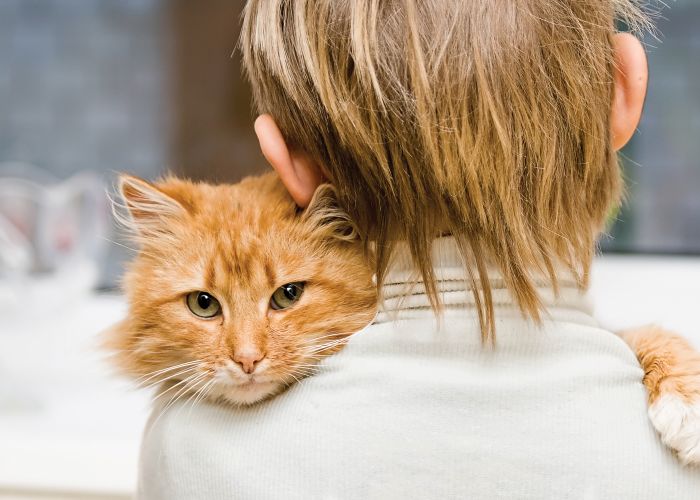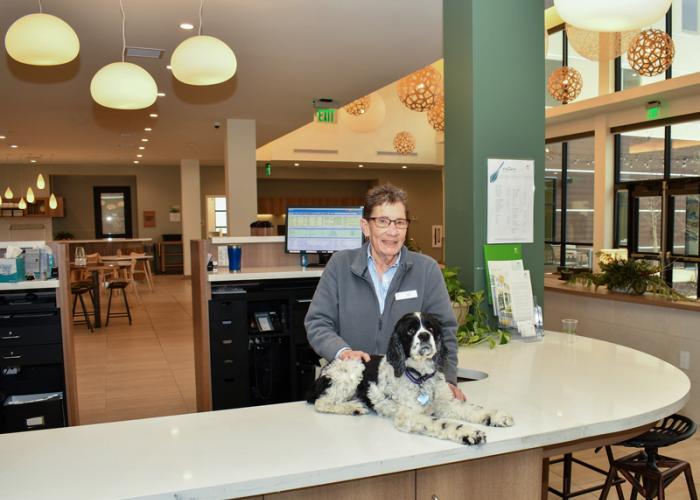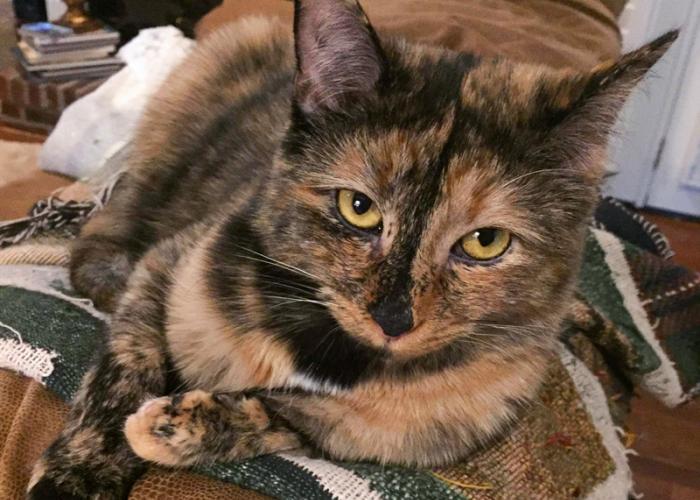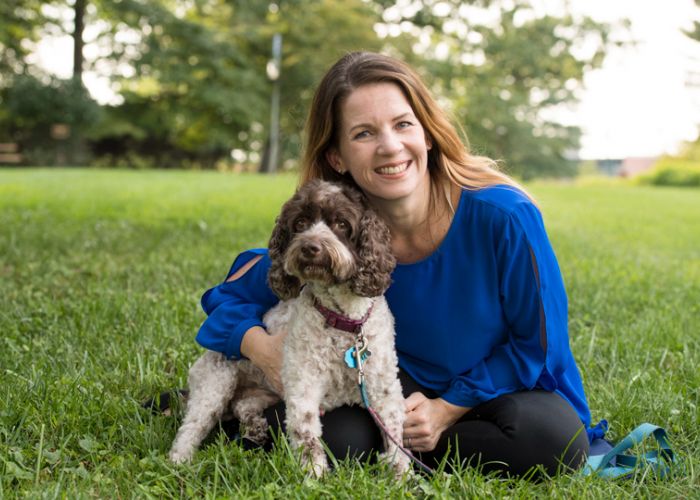Many happy returns
New manual will help guide your return-to-field program

It was a simple but game-changing provision in the District of Columbia’s animal ordinance: “The Animal Care and Control Agency shall promote … [t]he utilization of trap, spay or neuter, and return practices as a means of controlling the feral cat population; provided, that all efforts shall be made to adopt out a trapped, tamable kitten.”
This 2008 provision not only endorsed trap-neuter-return, but set the stage for return-to-field. (The difference between TNR and RTF is that cats make a pit stop at the shelter before spending quality time on the surgery table.) A few years later, when I started managing the community cat programs at the Washington Humane Society (now the Humane Rescue Alliance) in Washington, D.C., feral cats trapped by our animal control officers were routinely altered and returned to their outdoor homes. Several other shelters around the country were already doing the same, calling it return-to-field, shelter-neuter-return or feral freedom.
We didn’t know it at the time, but we were on the cusp of a sea change in thinking about how shelters can best serve all outdoor cats. If TNR was appropriate for feral cats, why not apply the same principles to other healthy outdoor cats who were admitted to a shelter, either because they were brought in as strays by members of the public or because an animal control officer was asked to pick them up? By remaining in the shelter in order to find a new home, these cats faced the possibility of being euthanized, while their feral compatriots were leaving the shelter alive.
In 2013, veterinarian and former animal control officer Kate Hurley wrote the seminal Animal Sheltering magazine article “For community cats, a change is gonna come.” She reasoned that shelters aren’t necessarily the best place for cats, especially cats used to living outdoors. For most healthy impounded stray cats, sterilizing, vaccinating, ear-tipping and returning them to where they were found is a better tactic.
It was hard to shake the idea that the shelter was the best option for friendly cats, even though studies showed that lost pet cats have a much better chance of being reunited with their owners if returned to where they were found, and we knew that some of these cats we were “helping” still ended up euthanized. But we took the plunge and launched a pilot RTF project for all healthy stray cats in one section of town; within a few weeks the program was citywide. Since we already had a robust TNR program, our field staff knew there were a lot of folks feeding cats; we were confident the cats would continue to thrive, and if they didn’t, our community would let us know our help was needed.
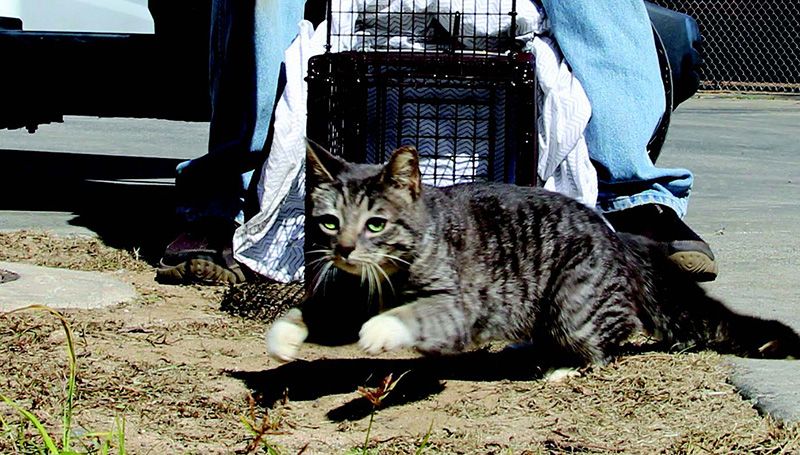
Putting practice on paper
As this strategy took hold, I shifted my professional focus to the national level, joining the staff of the Humane Society of the United States. Much of our discussion centered around the policy of return-tofield and why shelters and animal control agencies should take on efforts that were typically left to feral cat-focused groups and members of the public. Workshops equipped shelter directors and animal control supervisors with the arguments needed to convince their elected officials to allow them to put cats who had been impounded or brought in as strays right back where they were found (after being sterilized and vaccinated, of course). Yet a piece was missing. Looking back on my shelter days, I knew that people were grappling with the same issues I and my colleagues at WHS did years before.
At WHS, the fallacy that we needed to start with a small pilot project was just one lesson learned along the way. As the program expanded, we needed to sort out where to house cats slated for return, develop protocols for transporting them to the spay/neuter clinic, and coordinate who was returning them and when. Intake staff needed to understand the importance of the location a cat was found so that they could press finders to provide enough detail to get the cat back to the correct location. If only there had been a handbook!
While I was on a Rethinking the Cat symposium tour through Kansas and Oklahoma with Karen Little, executive director of Alley Cat Advocates in Louisville, Kentucky, and Bryan Kortis, national programs director at Neighborhood Cats, we realized a technical- leaning guide bridging the gap between the ideological policy shift and nuts-and-bolts implementation of this lifesaving program was needed. We’d all had different but similar experiences paving our own way with return-to-field. Karen built a collaborative RTF program with the city of Louisville. Bryan and his wife, Susan Richmond, had just helped Maui Humane Society launch an RTF program. We decided on the spot to work together to develop a roadmap for navigating the curves, bumps and potential detours shelters may encounter when launching an RTF program.
The Return-to-Field Handbook—a collaboration between the Humane Society of the United States, Neighborhood Cats and Alley Cat Advocates—is a practical guide to help shelter staff develop the processes and protocols needed to provide positive outcomes for healthy stray cats. Chapters cover everything from how to gather important information at intake to managing returns and everything in between. The detailed appendix provides sample intake forms, job descriptions, partnership agreements and more.
Neither TNR nor RTF alone can solve all your community cat challenges, but each play a crucial role in moving toward solutions. Often, RTF is the place to start. Before a shelter can venture out into the community and become proactive at solving problems outside its doors, it must first solve the problems inside. Lowering high cat euthanasia rates, freeing up resources that supported a euthanasia policy, changing the in-shelter mindset to saving lives instead of ending them, and attracting more community support can all follow from an RTF program. Once realized, these benefits can support taking the next step and launching programs designed to reduce the sources of cats.
Learn more: Download a free copy of the Return-to-Field Handbook (or purchase a print copy) here.


